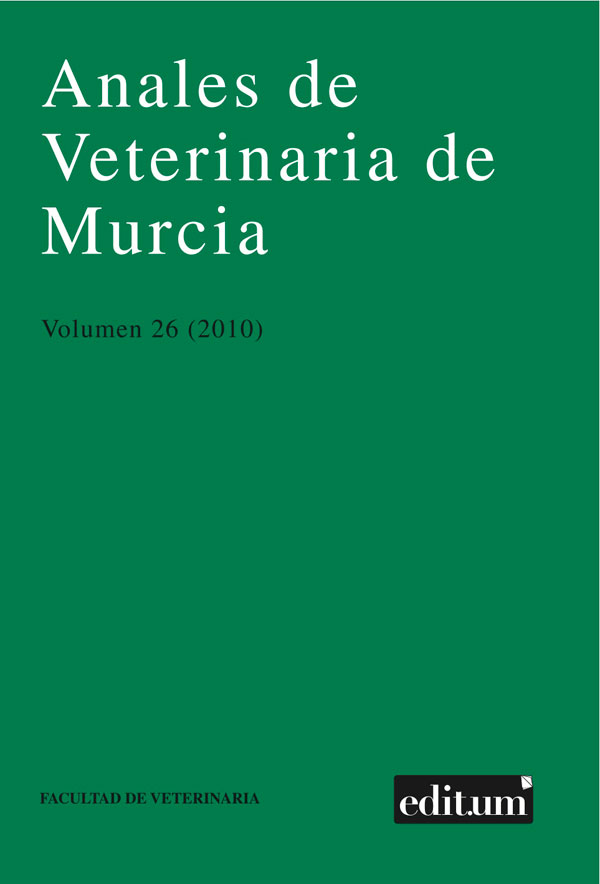Histophilus somni: patoghenicity in cattle an update
Abstract
Histophilus somni (H. somni) is a Gram-negative bacterium currently classified as a member of the Haemophilus- Actinobacillus-Pasteurella group. Clinical syndromes associated with H. somni infection involve thromboembolic meningoencephalitis, pneumonia and disease of the reproductive tract in cattle. Animals can be carriers of non-pathogenic variants of the organism, mainly in the genital mucosa. The causes of these differences in virulence between strains are not defined. Several determinants of virulence of the pathogen are proposed. However, many of these factors cannot be clearly related to clinical disease. H. somni avoids killing by phagocytic cells. Thus, it is able to evade the immune response by intracellular survival in the infected host. The bovine adaptive immune response against H. somni is not completely characterized. IgG2 antibodies are thought to be protective. However, the major antigen determinants of the bacterium are still unknown. Studies with H. somni bacterins have inconsistent results, especially because the factors involved in pathogenesis and immune response remain unclear.Downloads
-
Abstract30935
-
PDF (Español (España))4685
Creative Commons Attribution 4.0
The works published in this journal are subject to the following terms:
1. The Publications Service of the University of Murcia (the publisher) retains the property rights (copyright) of published works, and encourages and enables the reuse of the same under the license specified in paragraph 2.
© Servicio de Publicaciones, Universidad de Murcia, 2019
2. The works are published in the online edition of the journal under a Creative Commons Attribution-NonCommercial 4.0 (legal text). You can copy, use, distribute, transmit and publicly display, provided that: i) you cite the author and the original source of publication (journal, editorial and URL of the work), ii) are not used for commercial purposes, iii ) mentions the existence and specifications of this license.

This work is licensed under a Creative Commons Attribution-NonCommercial-NoDerivatives 4.0 International License.
3. Conditions of self-archiving. Is allowed and encouraged the authors to disseminate electronically pre-print versions (version before being evaluated and sent to the journal) and / or post-print (version reviewed and accepted for publication) of their works before publication, as it encourages its earliest circulation and diffusion and thus a possible increase in its citation and scope between the academic community. RoMEO Color: Green.




